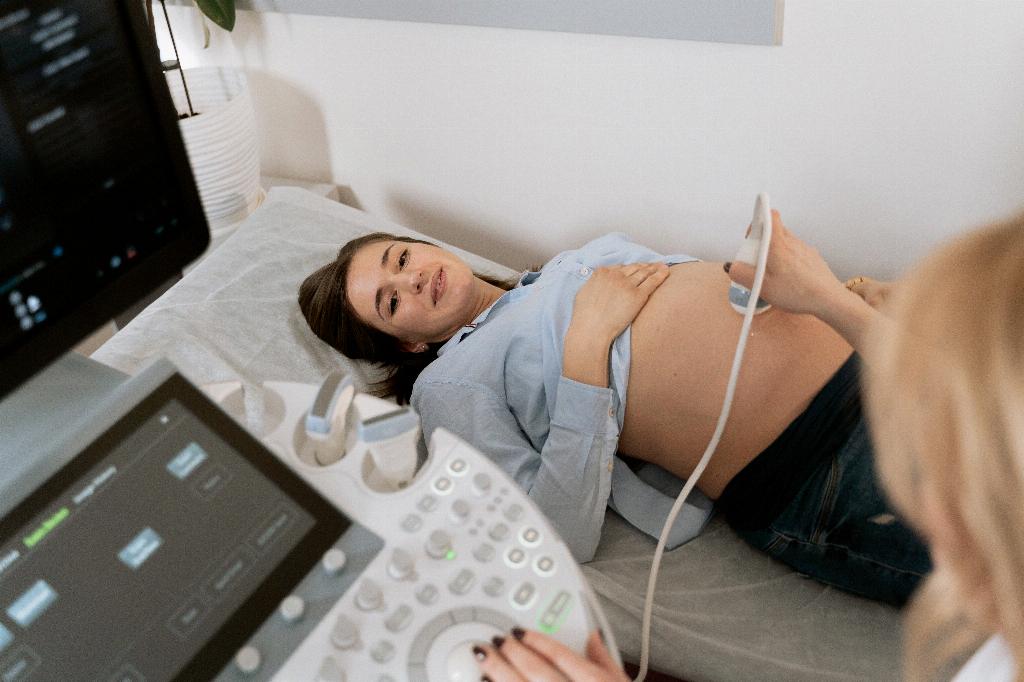When it comes to the popular question of which muscles are cut during a C-section, there seems to be a common misconception among many individuals. Despite what one might think, no actual muscles in the abdominal wall are cut during a cesarean section procedure. In fact, the obstetrician carefully navigates between the muscles, rather than cutting directly through them.
During a C-section, the main incision that is made is typically in the lower abdomen, right above the pubic bone. This incision is usually made horizontally, across the lower part of the abdomen. The skin and tissue layers are carefully dissected to reach the uterus without actually cutting through any major muscle groups.
It is important to note that the abdominal muscles, including the rectus abdominis muscles (commonly referred to as the “six-pack muscles”), remain intact during a C-section. These muscles are crucial for core strength and stability and play a significant role in overall body function.
One key muscle that is often mentioned in relation to C-sections is the rectus abdominis. This muscle runs vertically along the front of the abdomen and is crucial for activities such as sitting up and bending forward. During a C-section, the rectus abdominis is not cut; instead, the incision is made between the muscle fibers, allowing the surgeon to access the uterus.
Another important muscle group in the abdomen is the transverse abdominis, which acts as a natural corset supporting the internal organs and spine. This muscle is also left untouched during a C-section, as the incision is made in a way that avoids cutting through these vital structures.
While the procedure of a C-section may sound intimidating, it is reassuring to know that the skilled obstetrician takes great care to preserve the integrity of the abdominal muscles during the surgery. By carefully maneuvering between the muscle layers, the surgeon can safely deliver the baby without causing significant damage to the surrounding tissues.
Furthermore, the recovery process after a C-section involves the natural healing of the incision site and the surrounding tissues. By avoiding direct cuts to the muscles, the body can more effectively repair itself, allowing for a smoother recovery and overall better outcomes for the mother.
It is important for individuals considering or undergoing a C-section to have a clear understanding of the surgical procedure and the specific anatomy involved. Knowing that the muscles in the abdominal wall are not actually cut during a C-section can provide reassurance and help dispel any myths or misconceptions surrounding the surgery.
In conclusion, while the topic of C-sections and muscle involvement can be a source of confusion for many, it is essential to remember that the skilled medical professionals performing these procedures prioritize the safety and well-being of both the mother and the baby. By understanding the intricacies of the surgery, individuals can feel more informed and empowered when it comes to making decisions about their health and childbirth experiences.

